| Back to Back Issues Page | |||||||||||||||||
 |
|||||||||||||||||
|
[Tomato Dirt #177] Beware of These 5 Tomato Problems in New Tomato Plants May 23, 2019 |
|||||||||||||||||
Tomato Dirt Newsletter
|
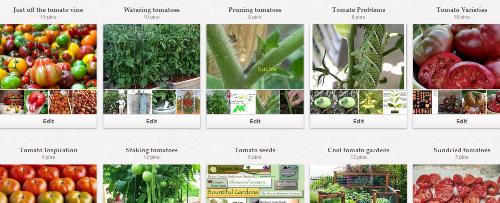 |
FEATURE: Beware of These 5 Tomato Problems in New Tomato Plants
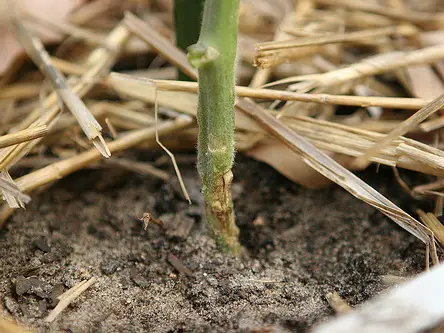 |
Image: The Conservative Gardener |
Once your tomato plants are in their new homes in the garden, your work is not over. Take the time at least once or twice a day to check for these 5 warning signs that can indicate a tomato problem.
Chopped stems
Cutworms gobble up stems of newly-planted tomato seedlings, usually at night, cutting off seedlings at the soil line. But you can keep away cutworm larvae when you place collars around tomatoes as you set them in the garden (here’s how.)
Missing or chopped leaves
Chances are you’ll see the effects of
the tomato hornworm before you find the culprit itself. Hornworms like to hide on the undersides of lower remaining leaves and munch their way through several meals, often in the dark of the night.
Wilted, dropped leaves
Aphids are among the earliest tomato snackers in the garden. These tiny (less than 1/8” long) pests attack the tip of the stems and the leaves, sucking out plant sap. Affected plants may wilt, drop leaves, or have yellowing leaves. Take these steps to get rid of aphids.
Too many healthy leaves
Huh – this is a problem? Yes, if your tomato plant is tall, extremely dark green, overflowing with leafy growth but has few to no blossoms. Chances are good that you’ve inadvertently used a fertilizer with too much nitrogen, which is known to promote leaf growth. Use a fertilizer balanced for tomatoes instead. Phosphorus (the second number in the N-P-K ratio) encourages flowering, and therefore fruiting. Once a tomato plant starts flowering, it needs a higher ratio of potassium (the third number in the N-P-K ratio).
Yellowed leaves near the base of the plant
Lower leaves on newly-planted tomatoes may naturally yellow and drop in response to transplant shock. But yellowing leaves can be a sign of different kinds of blight. Reduce onset or even keep it at bay with a fungicide regimen.
A Special Discount for Tomato Dirt-ers at Burpee
We love to browse the Burpee gardening site for inspiration and we bet you will too! Take a look at the latest in seeds, vegetable plants, flowers, perennials, herbs, heirlooms, fruits, organics, seed starting gear and other gardening supplies. If you decide you’ve got to get something for your garden, then use these special savings codes at checkout - just for Tomato Dirt-ers.
$5 Off Your Purchase of $25 with code BURPEE5
$10 Off Your Purchase of $50 with code BURPEE10
$15 Off Your Purchase of $75with code BURPEE15
Tomato Growing Tip: Check Plants Daily for Pests
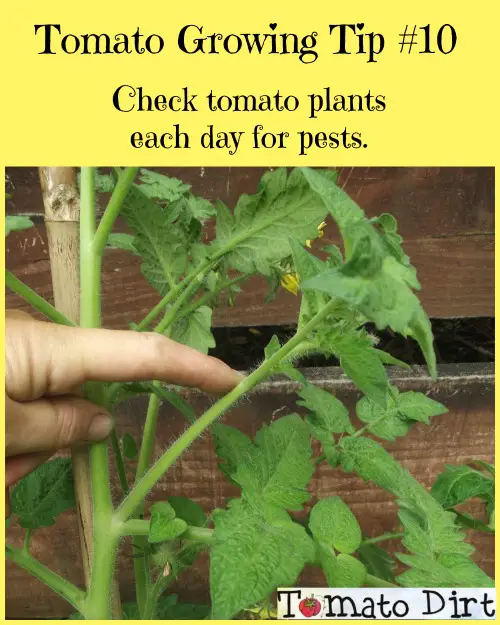 |
Image: Tomato Dirt |
Get more tips for growing tomatoes on our Tomato Growing Tips Pinterest board.
Get in Front of Early Season Tomato Diseases
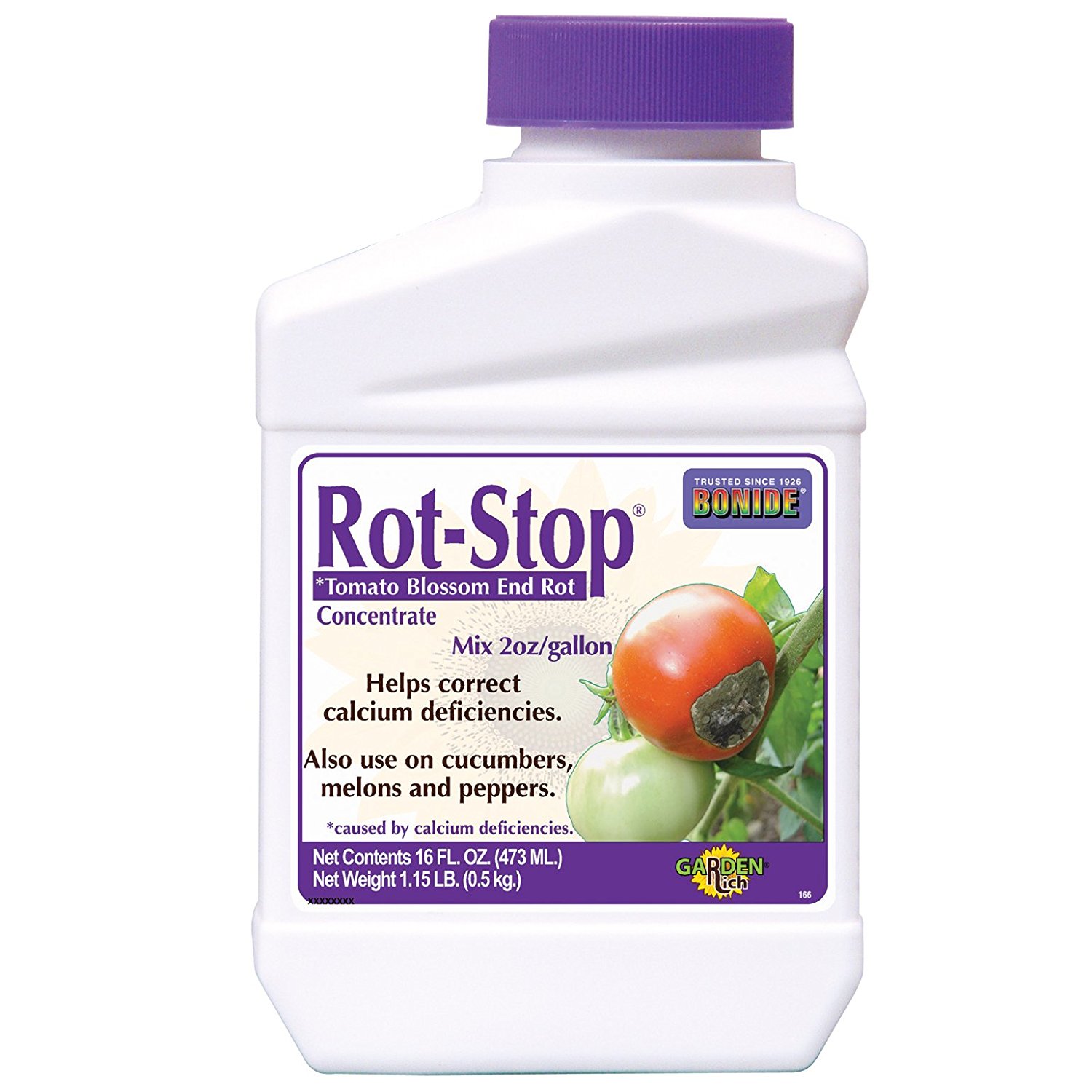 |  | 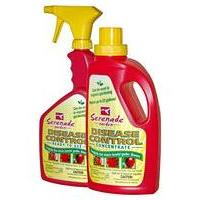 |
|---|---|---|
| Bonide Rot-Stop and more BER preventative sprays | Garden sprayers for all kinds of gardens and budgets | Serenade and more fungicides |
More Tomato Problems to Watch For
| How to Identify Tomato Problems and Prevent Them | Are You Watering Tomatoes Enough? | Blossom End Rot: How to Identify, Treat, and Prevent It | How to Identify Tomato Pests and Control Them |
|---|
That’s it for now. More next time.
Until then, happy gardening!
![]()
Kathy with Tomato Dirt
www.tomatodirt.com
Find us on Facebook!
